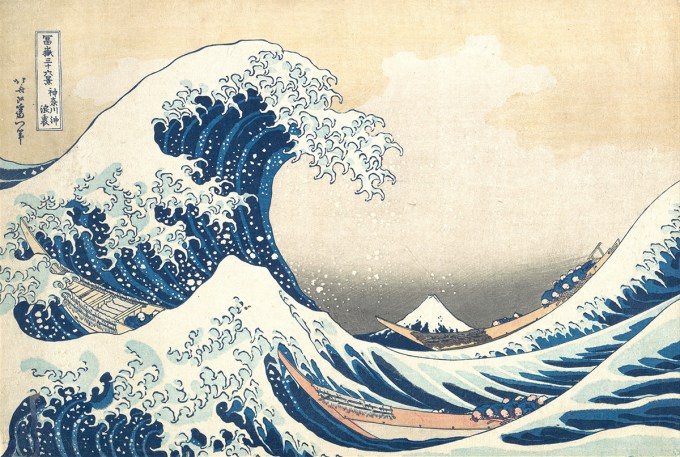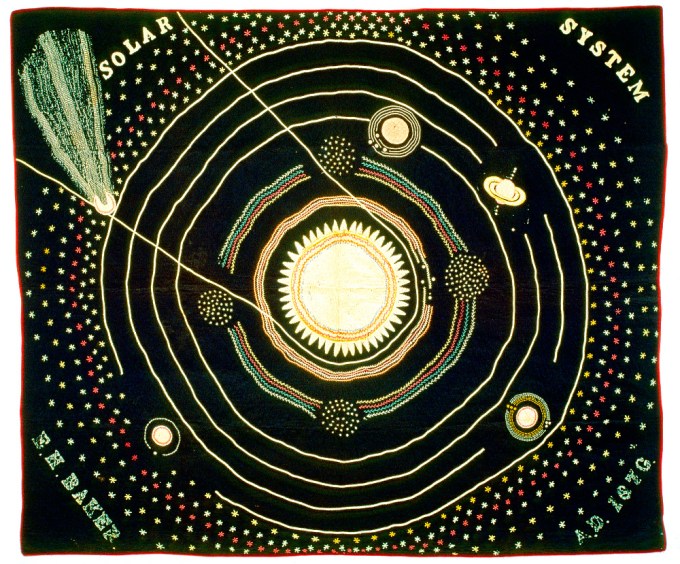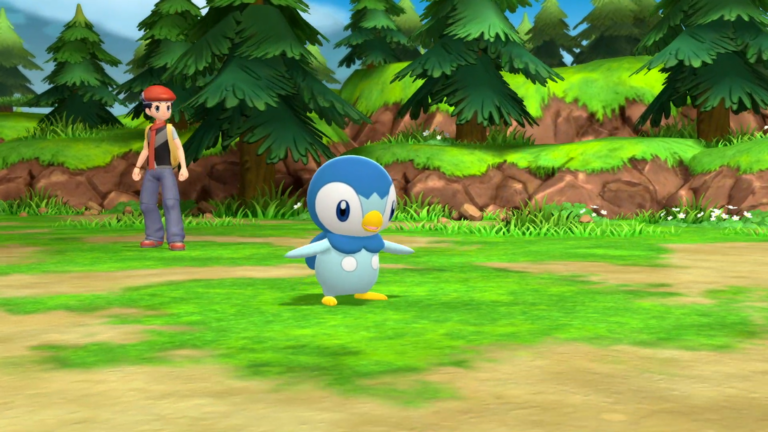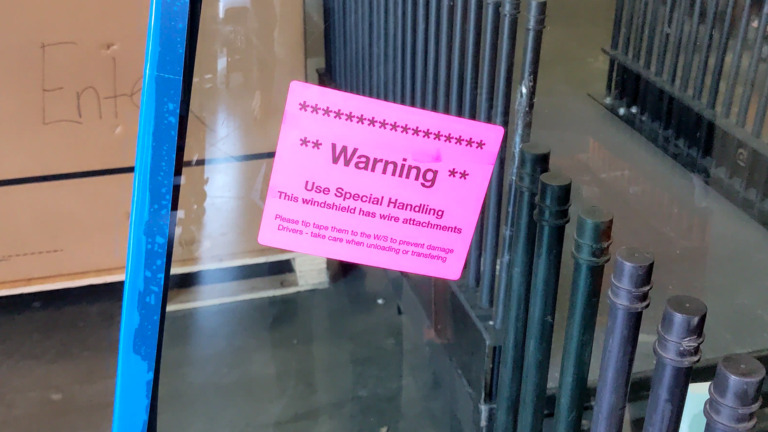Elements. Elemental… And we are here, anywhere, so long as space would be. Is given to us sea/ocean, sea permanent revelation; open revelation of itself, to itself. Mind approximates those lit lines in the front, that darkness above, meant not to understand but to penetrate, to silence itself while heightening its power, to reach vision in essential unknowing.
A century after Whitman bellowed into the New York flood-tide that the body is the soul, Adnan adds:
Look well at the Pacific before you die. The best of the promised paradises have neither its hues nor its splendor.
[…]

In her orphic voice, she adds:
Half a century later, the protagonist of Iris Murdoch’s exquisite existentialist novel The Sea, the Sea gasped: “The sea. I could fill a volume simply with my word-pictures of it.”
For seeing the sea it’s sometimes better to close one’s eyes.
For seeing the sea it’s sometimes better to close one’s eyes.
For seeing the sea it’s sometimes better to close one’s eyes.
For seeing the sea it’s sometimes better to close one’s eyes.
[…]
Complement Sea & Fog — the other half of which brings Adnan’s singular lens to the mystique of the mist — with her deathbed meditation on how to live and how to die, then revisit two centuries of great writers reflecting on the color blue.
Sea, made of instants chained. Where to shelter impermanence within its defenses? A threat, for sure. What about the permanent affinity between light and mind, both a processing machine, of particles, of thoughts?
In a passage evocative of that immortal line from The Little Prince — “What is essential is invisible to the eye.” — Adnan writes:




